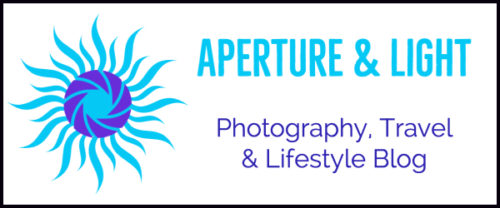The ‘birds and the bees’ and the ‘flowers and the trees’ can have multiple meanings, depending on who you ask. For nature photographers they represent amazing wonders for photographing and sharing. However, our birds and bees needs us more than ever.
Our Birds and Bees – Current State
We all have our favorite birds from the time we were young to today. When we’re out in nature, we don’t always consider the volatility and precarious state of their environment. Audubon’s recent report sharing the four billion decline screams the need for intentional actions.

What’s in our immediate, local, control is the native and natural food source.
And, they need protein-rich foods that come from seeds and insects. When we plant native flowers and trees, we are supporting and sustaining their food chain.
Just because a flower attracts a bird, flower or bee – does not mean it is fulfilling a much needed balanced food source crucial to their survival.
How to Improve our Current State
Learn more about native plants and the impact with and without true natives from Doug Tallamy’s Bringing Nature Home: How You Can Sustain Wildlife with Native Plants website and informational book (Amazon).
Native plants rewards us with a frenzy of cheerful, colorful activity. Since their food and nesting source blooms later in the season, you may also have another round of bird families in your own personal habitat.
For additional insight into habitat trends and planting native plants visit Saving Birds Thru Habitat, where Kay Charter and the volunteer group live by example in “helping to improve habitat for migrating birds one backyard at a time.”
And now for our precious, life-sustaining bees. There are many described species of native bees that pollinate wildflowers and crops. The bad news is that bee populations, the honey-bees in particular, is on a serious decline. The global impact to crop growers and ultimately consumers is and will continue to be costly. National Geographic’s article The Plight of the Honeybee shares our current state and actions underway.

The www.pollinator.org website shares where you can learn more about these colorful pollinators and how you can help including planting native plants in your garden and neighborhoods.
Nature photographers have the privilege of sharing birds, animals and insects in action. Skills of patience, discipline, creativity and anticipation of the ‘next move’ are crucial for images that pull the viewer in to the environment.
Before we capture an image, our environment needs management and protection by all of us. Let’s all do our part in sharing information and planting native plants.

